Rising Energy Costs
The escalating costs of traditional energy sources are propelling interest in the Multi Junction Solar Cell Market. As fossil fuel prices fluctuate and environmental concerns mount, consumers and businesses are increasingly seeking alternative energy solutions. Multi junction solar cells, with their superior efficiency, offer a viable option for reducing energy expenses over the long term. The levelized cost of electricity (LCOE) for solar energy continues to decline, making it competitive with conventional energy sources. This trend is expected to drive further investment in multi junction solar technology, as stakeholders recognize the potential for cost savings and energy independence.
Technological Innovations
Technological advancements play a pivotal role in the evolution of the Multi Junction Solar Cell Market. Innovations in materials science, such as the development of new semiconductor materials, are enhancing the efficiency and reducing the costs associated with multi junction solar cells. For instance, the integration of perovskite materials has shown promise in improving performance metrics. Furthermore, advancements in manufacturing processes are streamlining production, thereby increasing scalability. As these technologies mature, they are expected to drive down costs, making multi junction solar cells more accessible to a broader range of applications, from residential to commercial and industrial sectors.
Focus on Energy Storage Solutions
The integration of energy storage solutions is becoming increasingly relevant in the Multi Junction Solar Cell Market. As solar energy generation becomes more prevalent, the need for efficient storage systems to manage supply and demand is critical. Multi junction solar cells, with their high efficiency, can be paired with advanced battery technologies to create a more reliable energy system. This synergy not only enhances the overall performance of solar installations but also addresses the intermittency issues associated with solar power. As energy storage technologies continue to evolve, the combination with multi junction solar cells is likely to drive market growth and innovation.
Government Incentives and Policies
Government incentives and supportive policies are crucial drivers for the Multi Junction Solar Cell Market. Many countries are implementing favorable policies to encourage the adoption of solar technologies, including tax credits, grants, and feed-in tariffs. These initiatives not only lower the financial barriers for consumers but also stimulate market growth. For example, in certain regions, governments are setting ambitious renewable energy targets, which include significant contributions from solar energy. This regulatory support is likely to create a conducive environment for the proliferation of multi junction solar cells, as stakeholders seek to capitalize on these incentives.
Increasing Demand for Renewable Energy
The Multi Junction Solar Cell Market is experiencing a surge in demand driven by the global shift towards renewable energy sources. As nations strive to meet ambitious carbon reduction targets, the adoption of solar technologies is becoming increasingly prevalent. Multi junction solar cells, known for their high efficiency, are particularly appealing for large-scale solar installations. According to recent data, the efficiency of multi junction cells can exceed 40%, making them a preferred choice for concentrated solar power systems. This heightened demand is likely to propel investments in research and development, further enhancing the capabilities of multi junction solar cells and solidifying their position in the renewable energy landscape.


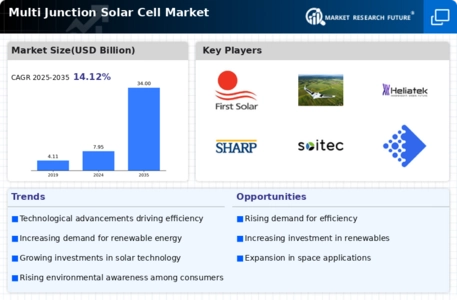
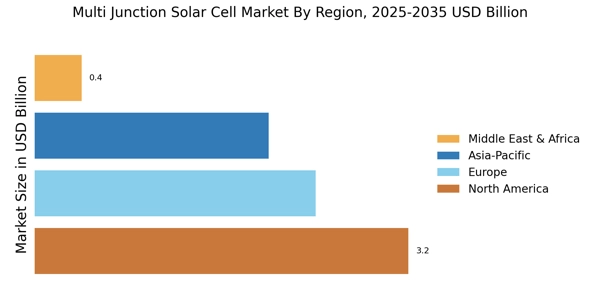
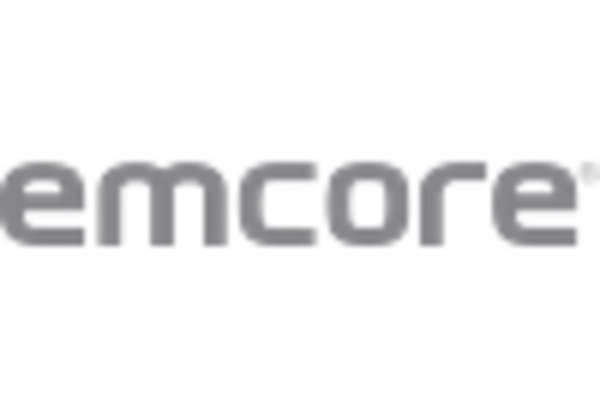
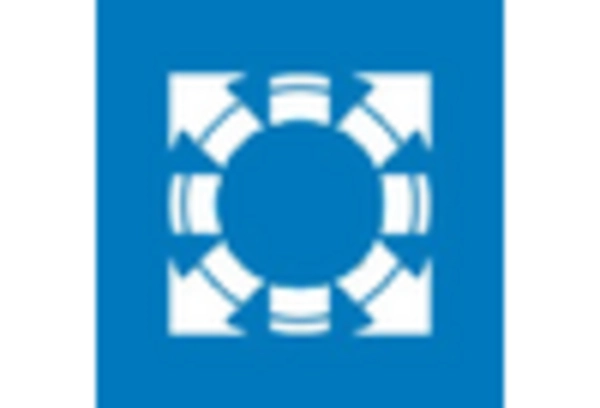

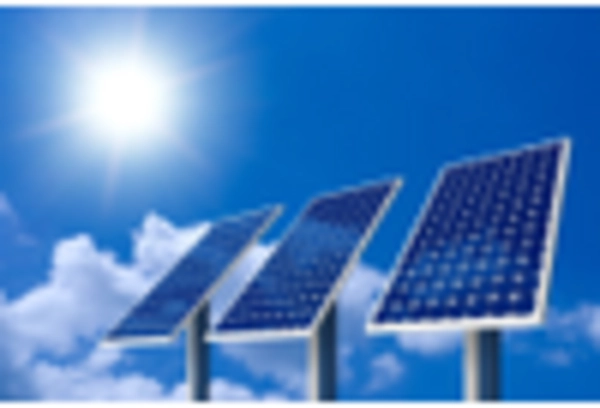
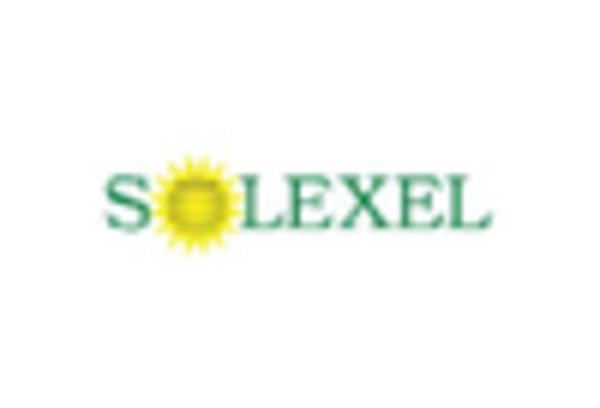









Leave a Comment